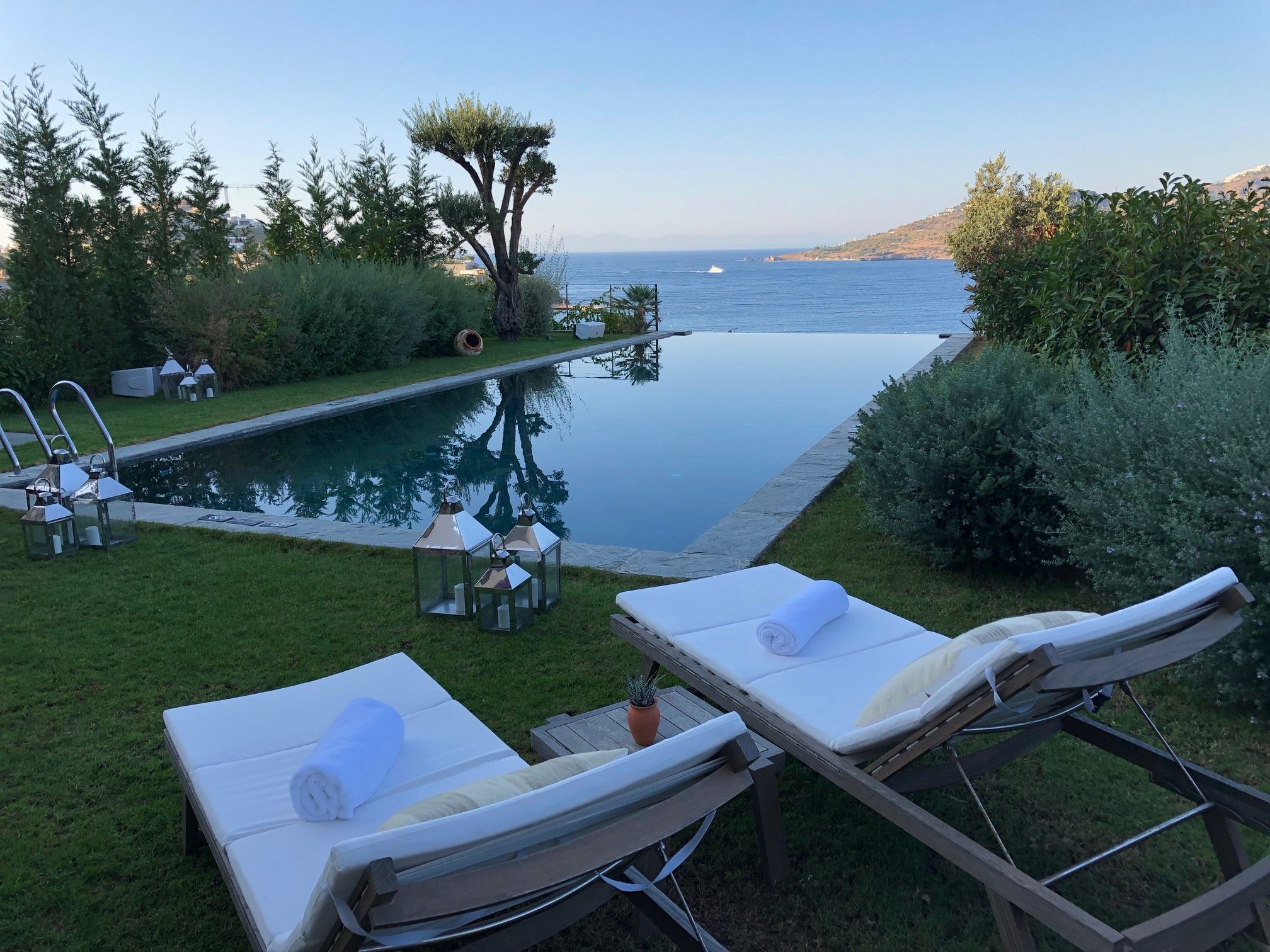Our ancestors first bathed outdoors — in nature’s streams, creeks and lakes.
Later, the Greeks and Romans formalized the experience with lavish, heated indoor facilities.
Then came the Turks of the Ottoman Empire, with spa-like baths in cities like Istanbul, where they still stand, alongside some most opulent palaces.
Not to overlook the Victorians, whose enamel-on-steel, claw-foot bath tubs brought the experience home to millions.
Now comes Victoria + Albert, with a bathing experience centered around sleek and seamless tubs made of South African volcanic limestone, designed within an inch of their curving lines.
“It’s more than just a bath tub – it’s art for your bath,” says Javier Korneluk, president of sales for the Americas. “The walls between the master bath and bathroom are thinning. People want to create a spa feel for their homes.”
The firm takes limestone, over which lava flowed thousands of years ago, altering its chemical makeup. It’s ground down to a fine powder, mixed with with resin and poured it into molds.
“The idea is to create something very functional and very beautiful,” he says. “People are getting away from the noise of the whirlpool, and relaxing.”
From Victoria + Albert’s perspective, the freestanding bath tub is stepping up as the sculptural focal point of the bath, no longer overshadowed by showers or configurations of tiles. And in some cases, the experience is moving outdoors, back to the ways of our ancestors long ago.
Something in the human DNA, Korneluk believes, calls for us to be immersed in water.
“We’re 70 percent water, and one theory is that we rose up out of the sea,” he says. “There’s definitely a connection.”
Not to overlook, of course, the fact that we each spent nine months immersed in water, long before we ever headed for the bath.
For more information, go to http://vandabaths.com/usa/
[slideshow id=871]

